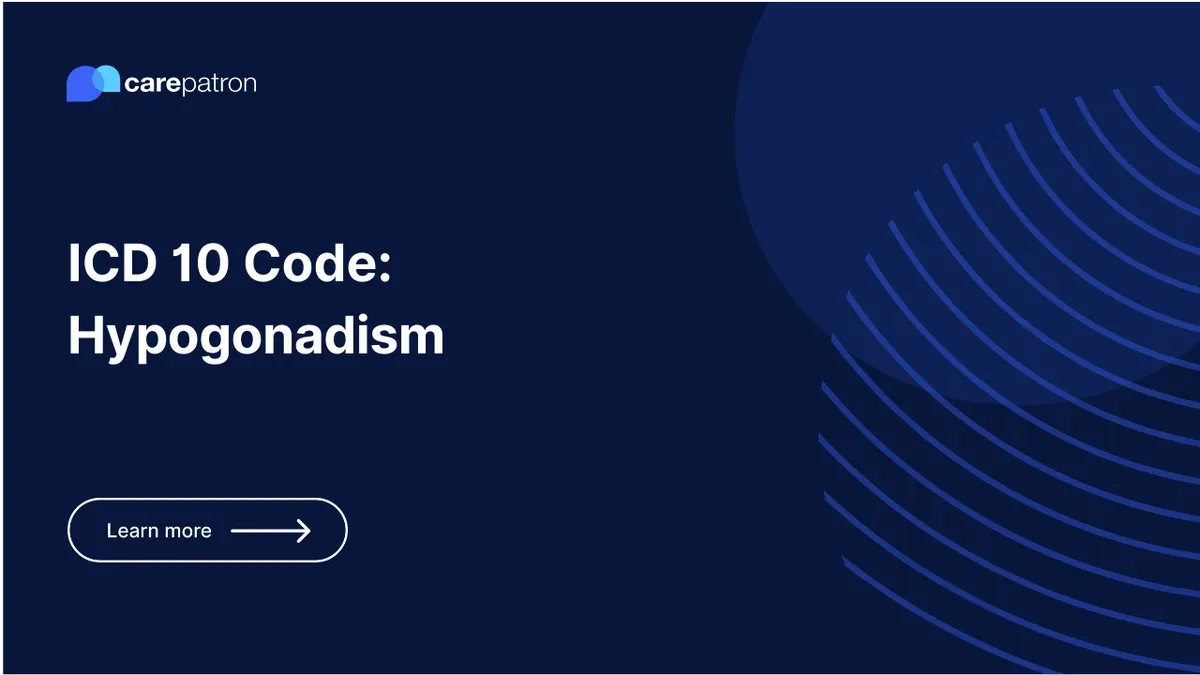
Hypogonadism ICD-10-CM Codes | 2023
Discover the commonly used ICD-10 codes for hypogonadism, including clinical descriptions. Learn about billable codes & get clinical information on this condition.
Use Code
Commonly asked questions
Hypogonadism ICD codes are used when diagnosing a patient with Hypogonadism or when Hypogonadism is a significant factor in the patient's medical treatment.
Yes, hypogonadism diagnoses are billable. They are used in the medical billing process for reimbursement purposes.
The common treatment for male Hypogonadism is Testosterone Replacement Therapy (TRT). It can alleviate many symptoms of male Hypogonadism, including increased libido, improved mood, and overall quality of life.
EHR and practice management software
Get started for free
*No credit card required
Free
$0/usd
Unlimited clients
Telehealth
1GB of storage
Client portal text
Automated billing and online payments
